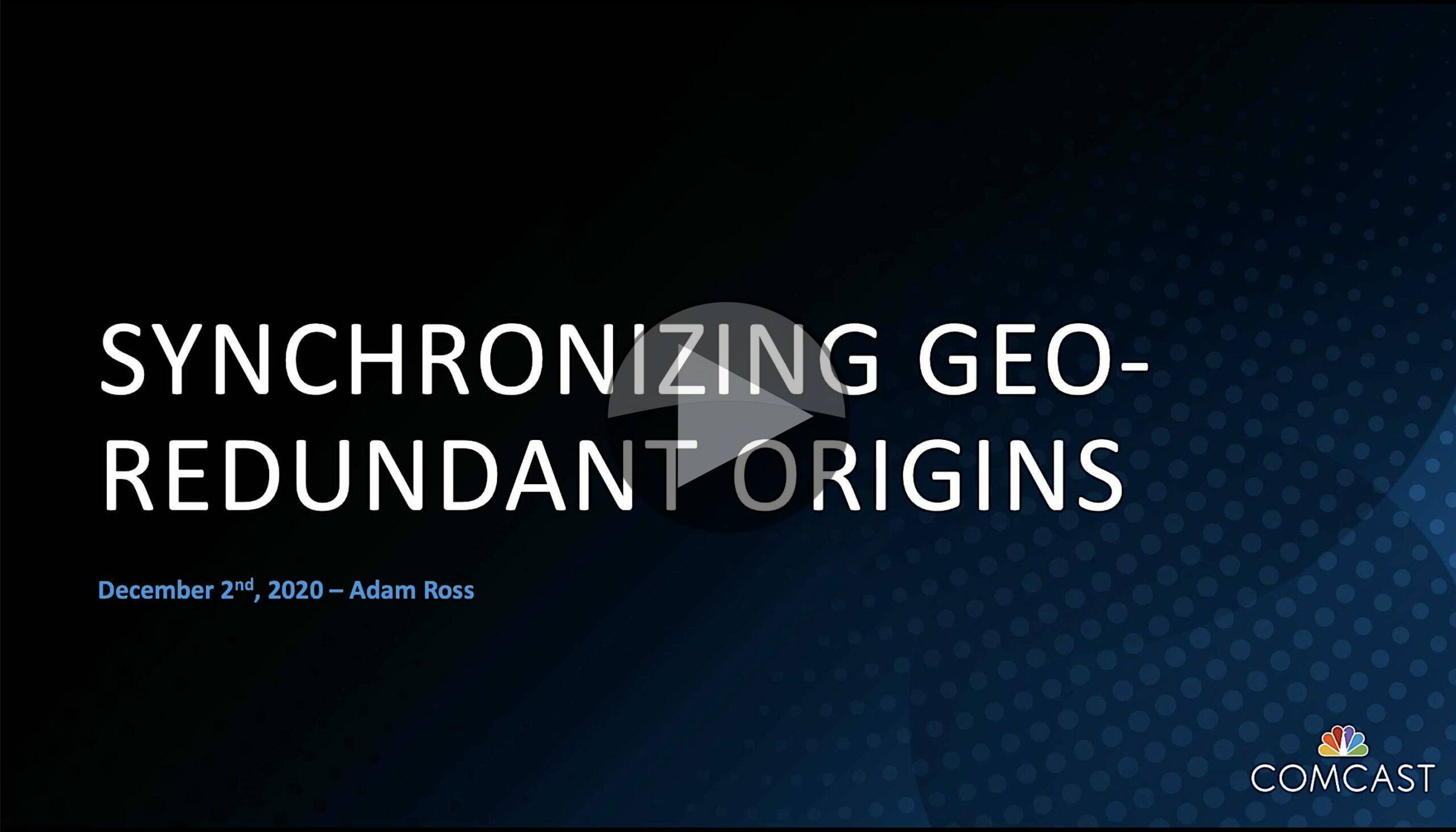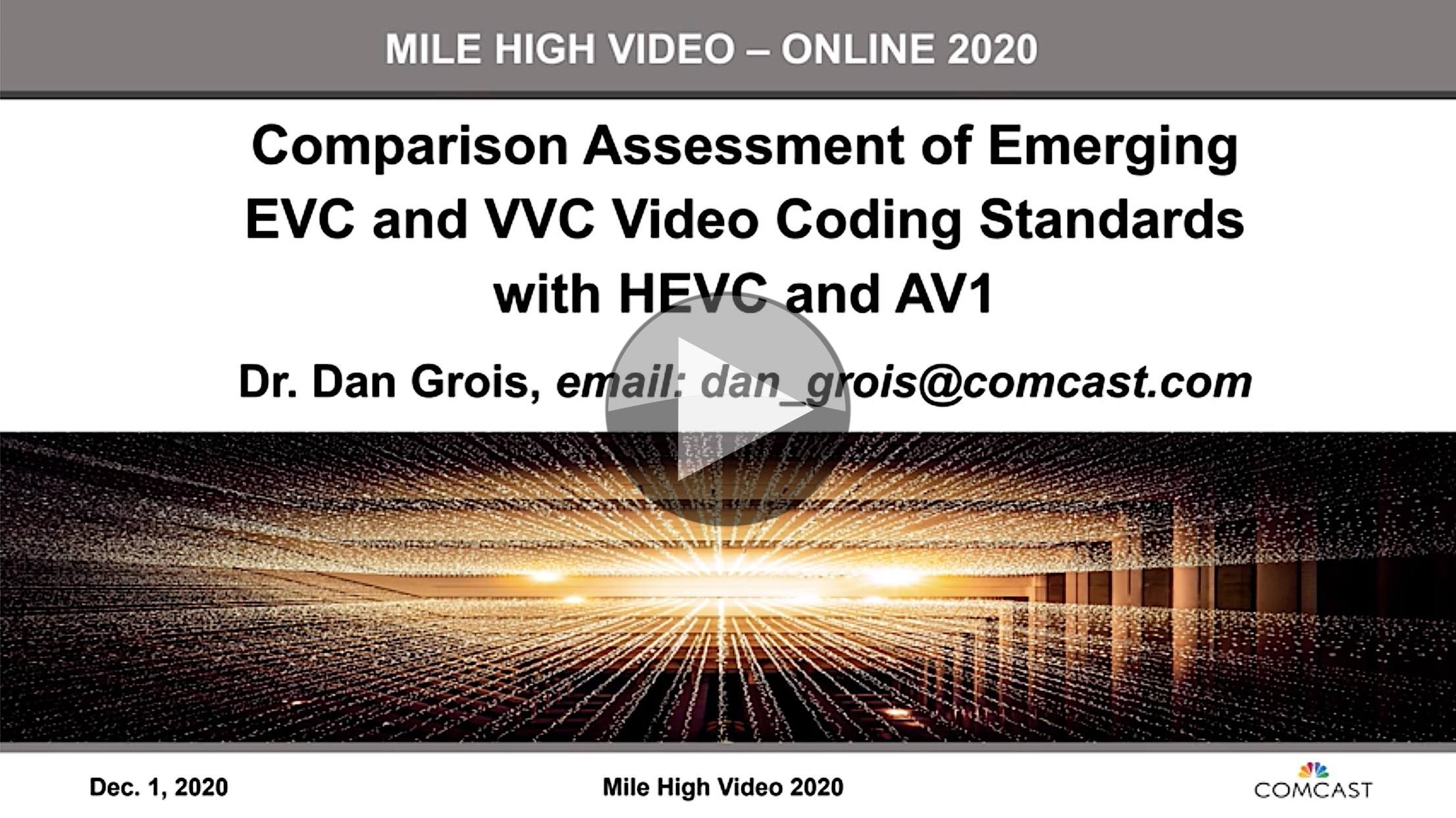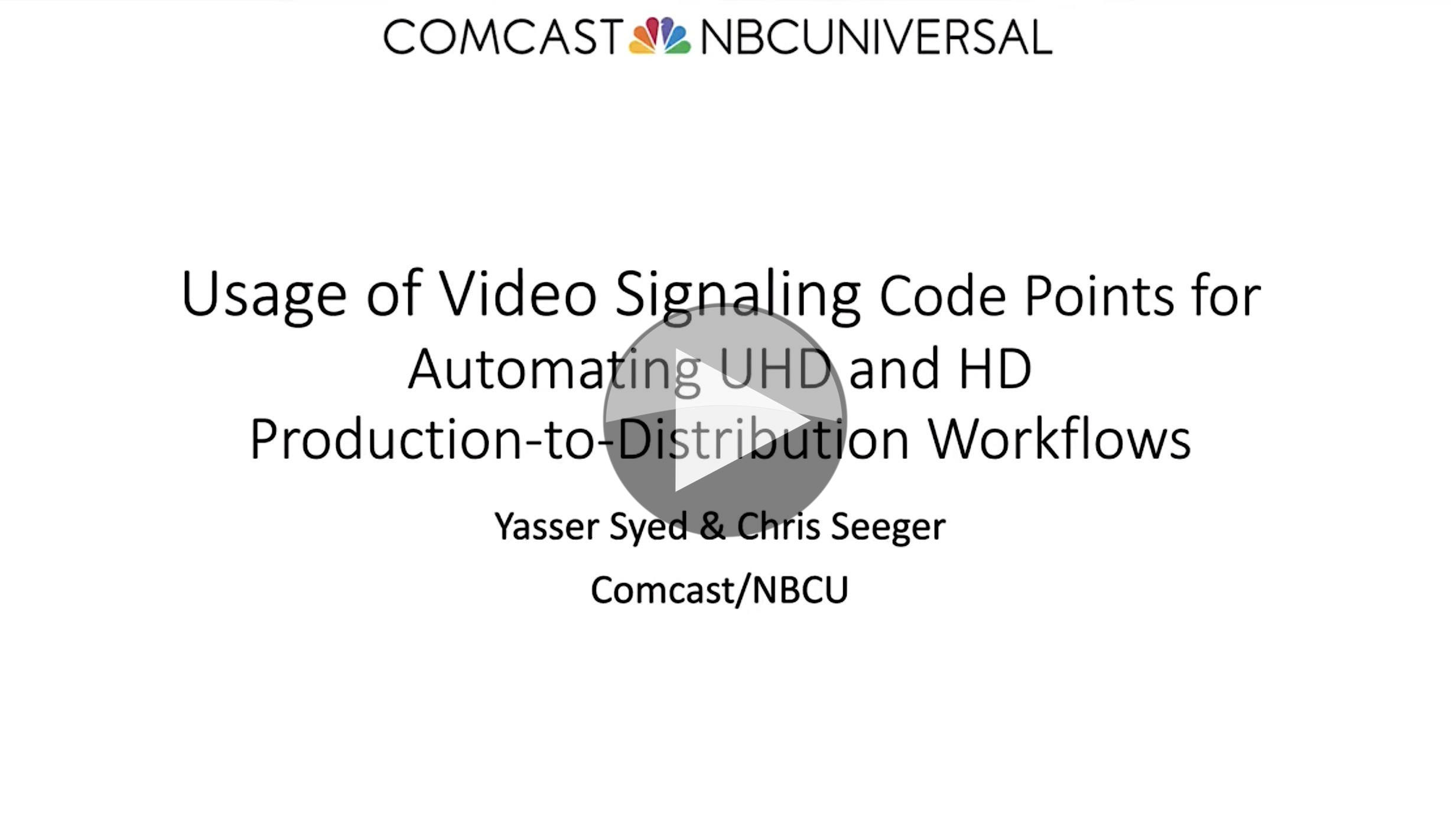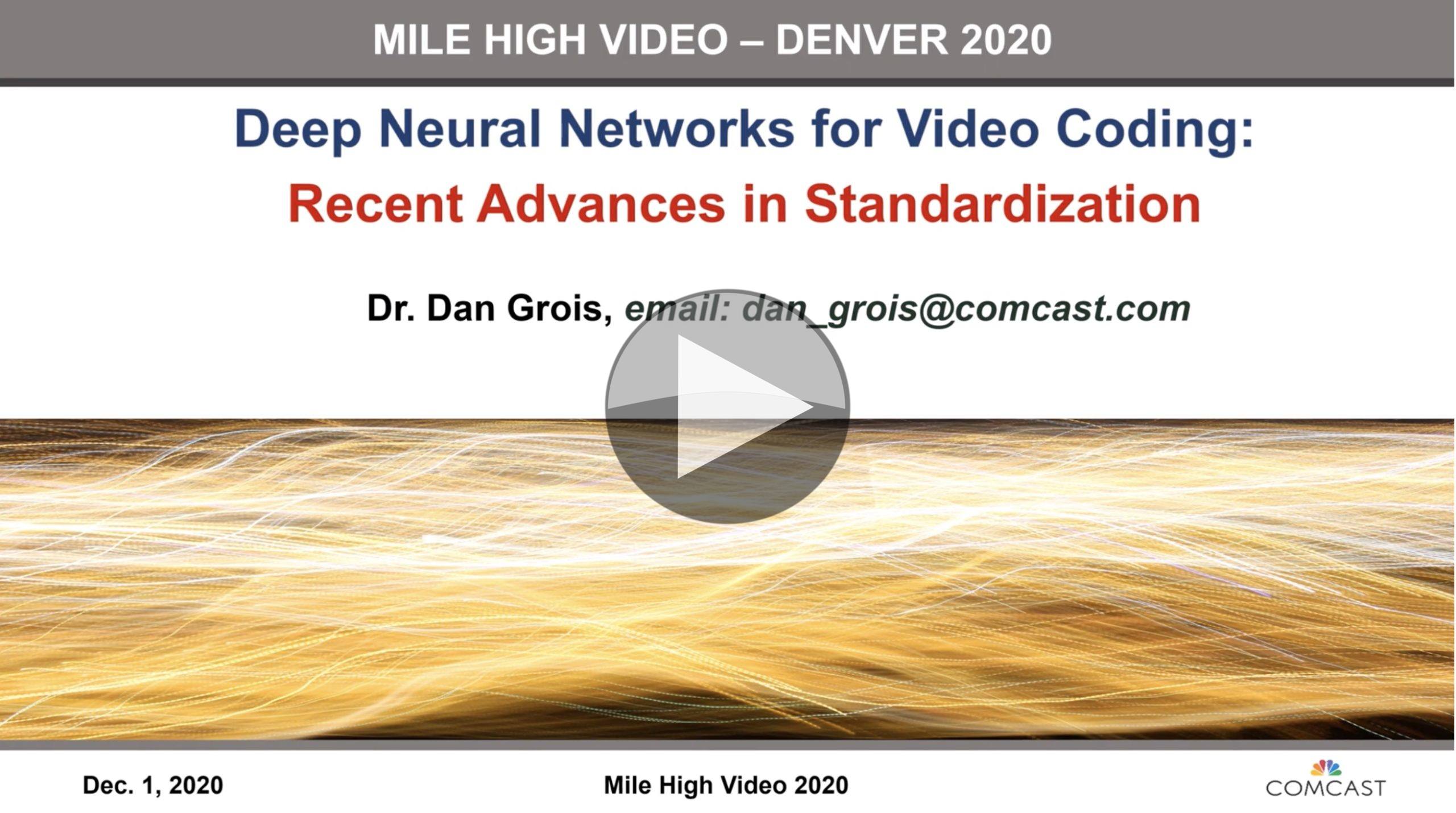Synchronised origins in streaming means that a player can switch from one origin to another without any errors or having to restart decoding allowing a much more seamless viewing experience. Adam Ross, speaking from his experience on the Comcast linear video packing team, takes us through the pros and cons of two approaches to synchronisation. This discussion centres around video going into an encoder, transcoder and then packager. This video is either split from a single source which helps keep the video and audio clocks aligned or the clocks are aligned in the encoder or transcoder through communication site A and B.
Keeping segments aligned isn’t too difficult as we just need to keep naming the same and keep them timed together. Whilst not trivial, manifests have many more layers of metadata to synchronised in the form of short-term metadata like content currently present in the manifest and long-term metadata like the dash period. For DASH streams, the Period@ID and Period@Start need to be the same. SegmentTimelines need to have the same start number mapping to the same content. For HLS, variant playlists need to be the same as well as the sequence numbering.
Adam proposes two methods of doing this. the first is Co-operative Packaging where each site sends metadata between the packagers so that they each make the same, more informed decisions. However, this is complicated to implement and produces a lot of cross-site traffic which can live-point introduce latency. The alternative is a Minimal Synchronisation strategy which relies much more on determinism. Given the same output from the transcoder, the packagers should make the same decisions. Each packager does still need to look at the other’s manifest to ensure it stays in sync and it can resync if not deemed impactful. Overall this second method is much simpler.
Watch now!
Speaker
 |
Adam Ross Formerly Software Engineer, Comcast |








